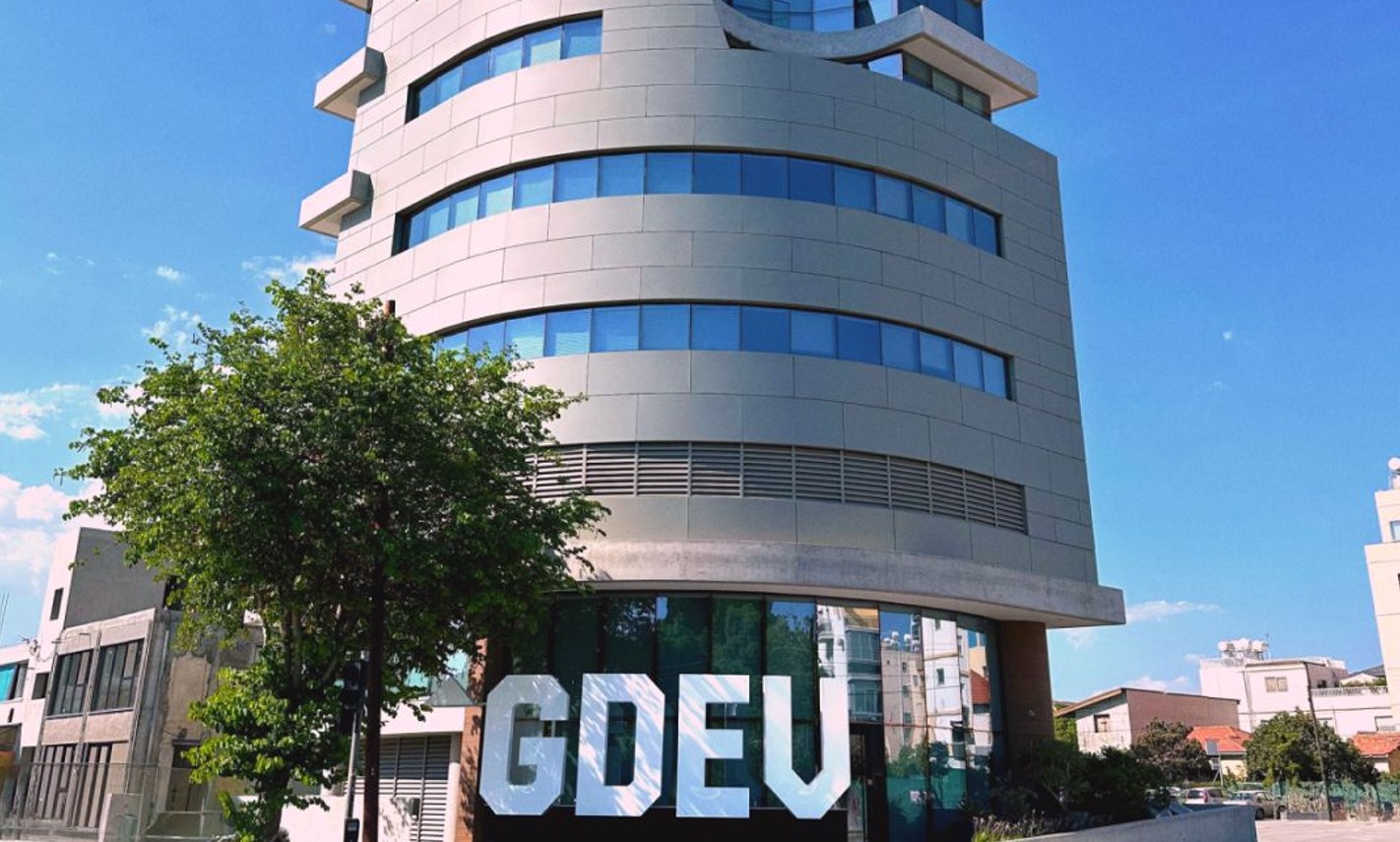GDEV, a global gaming company based in Limassol, recently teamed up with InvestGame to examine the IPO landscape of 87 gaming firms with a combined valuation exceeding $350 billion.
The gaming sector, the two companies reported, has undergone remarkable growth, fueled by Initial Public Offerings (IPOs) that have enabled companies to expand and innovate.
Nintendo, for example, set a precedent in 1962 when it went public on the Osaka and Kyoto stock exchanges, transforming itself from a playing card company into a global gaming giant.
This milestone marked the beginning of a trend that would see more than 150 gaming companies go public by the 1980s, with early IPOs focused predominantly on PC and console gaming.
Electronic Arts, which went public in 1989, raised approximately $8 million, laying the groundwork for its rise to global prominence.
The late 1990s and early 2000s saw the likes of Activision and Take-Two Interactive enter the public arena, signaling growing investor confidence as the global video game market reached $20 billion by 2000.
However, the real momentum came in the 2010s, as mobile and online gaming companies began to dominate.
Notable examples include Zynga, which is known for ‘FarmVille’, raised $1 billion in its 2011 IPO, and King Digital Entertainment, which secured $500 million in 2014 with the success of ‘Candy Crush Saga.’
Recent years have brought new players into the spotlight. Between 2016 and 2020, the industry saw a boom in public listings, including companies like Netmarble, Embracer Group, and Team17.
Since 2021, firms such as South Korea’s KRAFTON, Cyprus-based GDEV, and Israel’s Playtika have joined the market, emphasising the industry’s continued expansion despite economic headwinds.
The journey to becoming publicly traded is not uniform, with most gaming companies taking an average of 8 to 9 years to list.
Nintendo, the oldest gaming IPO, went public 60 years ago and now stands as a market leader valued at $61 billion.
Exceptions do exist, such as Starbreeze Studios, which went public just two years after its founding in 1998.
Asia has emerged as the leader in the global gaming IPO market, with the region accounting for 46 per cent of all listed gaming companies.
Thirteen companies now have market capitalisations exceeding $5 billion, eight of which are based in Asia.
Over the past 24 years, the number of public gaming companies in Asia has quintupled, far outpacing growth in Europe and North America.
In contrast, North American and Western European studios tend to be smaller in size, with market values often below $1 billion.
Meanwhile, the Middle East and North Africa (MENA) region continues to show promise, with a diverse mix of smaller studios and unicorn companies.
The industry’s evolution has also been driven by platform diversification.
Until 2016, PC and console gaming were the primary drivers, with 46 per cent of all public companies still specialising in this segment.
However, the introduction of in-app purchases has shifted the focus to mobile platforms.
Today, mobile gaming companies account for 47 per cent of all gaming IPOs and tend to reach the public markets faster than their PC-focused counterparts.
Despite economic uncertainties, the sector remains an attractive investment opportunity, with global revenues projected to reach $213.3 billion by 2027, according to Newzoo.







Click here to change your cookie preferences